Automation has changed the background screening landscape. Rather than sending a court runner to every required jurisdiction for a background check, you can now use automated criminal records for faster access to court data most of the time.
However, what some fail to realize is that using automation and court runners together to complement each other is the best way to pull comprehensive court records. Let’s take a look at how using these two court data access methods can strengthen your data strategy.
Two Ways to Access Court Data
Gathering the court data you need for background screenings continues to be challenging. The data is fragmented and spread out over thousands of jurisdictions. Fortunately, with technology moving to the forefront, you now have two options on how to pull this valuable court data. And an even better option is to use them together to offset each of their weaknesses.
1. Automated On-Demand Court Records
Automation is typically used by data vendors to allow background screeners to have one central location where they can go to run court record searches. This is where some data vendors, like Tessera™, excel and help their customers pull the court data they need faster and cheaper than using court runners.
Typically automated criminal records come back in just ~30 minutes. Plus, by having less hands on the court data, you are minimizing potential human error that can be seen in background reports.
Another must-use feature in automated court records is filtering. Using filters allows you to only pull the court records you’re most interested in for your background screening helping to reduce human bias from the report and the decisions being made.
Unfortunately, some jurisdictions don’t offer on-demand court records or they have limited personal identifiable information (PII) available online, which is critical for pulling together your final background report. This makes it difficult to rely solely on automated criminal records across all jurisdictions. So for now, you’ll need to rely on court runners for these offline sources.

2. Court Runners
On the other hand, court runners are the trusty historic way of pulling court records. You just send someone directly to the courthouse to pull all of the information on an individual. This is a surefire way of finding court data in every jurisdiction; however it is also slow, expensive, and subject to human error and bias.
Courts have limited hours and availability, and sending a human to visit the court can be time consuming and therefore costly. In fact, the average court runner takes 1 – 3 days to return court data. However, you are likely to get the data you need – if you have the deep pockets and patience to wait it out!
Another concern when using court runners is that you will receive all court records on an individual, not just the pertinent ones. This can lead to human bias in the final reports and decisions to be made.
Using Automation and Court Runners Together
If you haven’t already dipped your toes into how to leverage these two channels together for more complete court data, it’s time. No more choosing between automation and court runners; you can (and should) use both!
Automated criminal records will help you on the front end of your court record search. By running a name using on-demand court records, you’ll be able to do one of two things:
- Stronger PII Jurisdictions: Pull full court data that offers you the court information you need on an individual. This will likely allow you to avoid needing to send a court runner to pull the court data in person, saving you time and money, as well as expediting your turnaround time.
- Limited-PII Jurisdictions: Pull minimum court data that tells you if there is a hit or not for an individual name to narrow down where you need to send a court runner to find additional information and PII. Typically, ~75 – 85% of names will come back as “clears,” meaning there are no matching records for that name, which results in saving 75 – 85% of your court running costs!
Based on the jurisdiction you are searching and its available PII, you’ll be better able to determine where you need to use court runners. This saves you time and money by sending court runners only to the necessary courthouses! You can even pass those time and money savings on to your customers to set yourself apart from the competition.
Introducing the Clear Strategy for Limited-PII Jurisdictions
Relying on automated court records, particularly in jurisdictions with limited PII, is still a newer concept in the background screening industry. This is understandable, as it is a disruptive technology in a tradition-based industry. However, the benefits that can be reaped from it are huge.
Let’s take a deeper look at how a background screener can see the benefits of using court runners and automation, even in a limited-PII jurisdiction, as part of a holistic court record strategy.
Court-Runners-Only Strategy
If you are relying solely on court runners for limited-PII jurisdictions and you have 100 names to search, you might need to send out 100 court runners. You’ll then need to await the records for ~1 – 3 days until the court runners are able to return the court data.
You could have 80 of your court runners coming back with zero records, while 20 are coming back with the required records. The total cost of this search could be for 100 court runners with a couple day turnaround time.

The Clear Strategy: How to Use Automation for More Clears
Now, let’s consider what we call the “Clear Strategy”. If you run 100 names through automated criminal records in jurisdictions that offer limited PII, all records will typically come back within ~30 minutes, with 80 coming back with no hits, also known as no matching names or records. This leaves you with just 20 names that require further digging.
In this scenario, you’d have to send court runners to just 20 courthouses. The other 80 names have been cleared and are ready to continue into the next steps of your background screening process after just 30 minutes!
The total cost using automation will be for 100 Automated Criminal Record searches and 20 court runners, with 80% of your screenings being able to be processed almost immediately.
Most of our customers who leverage the Clear Strategy save around 35% on their search costs by utilizing automation technology to reduce their manual processes.

So what are you waiting for? Automation and court runners were made to be used together for better efficiency and court data access. Get one step ahead of the competition with a more modern and holistic approach to court record research!
Reach out to us to see how you can get started using Automated Criminal Records as part of your Clear Strategy.
Simply get in contact with our team to get started.




